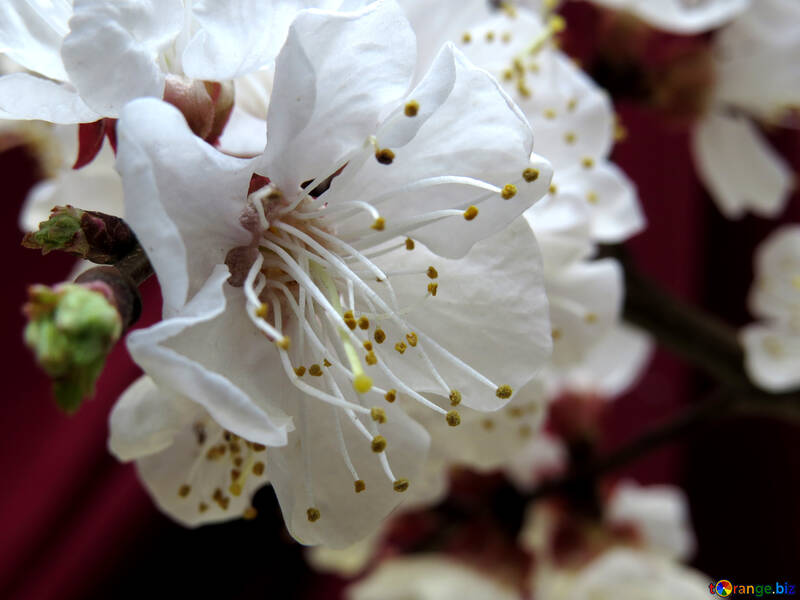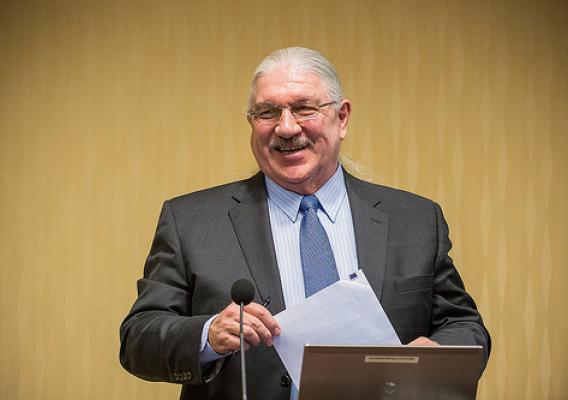Exactly Why Are Trees Great For Your Kids And Your Estate
Banana trees are simple to grow quick to a fruiting size from field grown banana bulbs. Gardeners discover it fascinating that a tropical appearance can be grown in Northern states by beginning by planting large field grown, banana bulbs or either fully grown giant banana trees. Energetic growth on newly planted banana trees generally begins a week or 2 after replanting, and throughout the summer months a field grown banana tree can grow a foot in height every week, particularly in July and August, when the temperatures exceed 90 degrees F. and the daylight period is extended. Watering of recently planted banana trees can damage the plant, if the watering is done before the 2nd new leaf appears; Two or 3 weeks after the initial planting.
After the banana plant leafs out, everyday watering can accelerate the maturity of the plant, and in TyTy, GA when temperatures exceed 95 degrees F, banana trees are watered 2 or three times every day, leading to a surge of development, 17 ft. in some banana cultivars in just 4 months time. The quick fast grown of banana trees goes unequaled by any other plant or tree in the U.S., even bamboo plants. In a matter of four months a banana tree can increase in total weight to one thousand pounds, including the weight of the offsets.

In addition to the advantage of flooding the banana trees with water, fertilizer and decaying natural product, such as decaying papers, leaves and magazines, and the nutrients are absorbed by the roots of the banana plant, like water is taken in by a sponge - Papers and Publications expanded above the roots of the banana trees benefit the tree development by avoiding weed competitors and providing a favorable growth environment for parishes of bugs, fungis, bacteria and worms, all of which deteriorate the organic material, and many complicated minerals and inorganic chemicals that are recycled into workable nutritional development supplements by these earth house animals.
The chemical substances of the component potassium seem especially beneficial to the growth of banana trees- 40% potash used straight to the soil. Fertilize with concentrated ammonium nitrate fertilizer that contains about 30% nitrogen in the essential stage. Ammonium Phosphate will provide the element phosphorous that anchors the plant roots well into the grounds that prevents the banana tree from breaking over from the weight of the recently formed banana lots during the Fall. The application of nitrogen to banana trees frequently will cause severe velocity of stem and leaf growth, and the intensification of a deep green leaf color can be quickly seen on the day following fertilization, if the banana trees were chlorotic. Magnesium sulfate (Epsom Salts) and chelated iron are also dramatic stimulators to banana trees on sandy southern soils, where those chemical aspects are typically deficient. Slag which is a residual affordable biproduct in the manufacture of iron and will recover most mineral lacking soils to an appropriate fertility level for banana https://en.search.wordpress.com/?src=organic&q=trees tree vitality.
Cold strength quality has actually been kept an eye on in TyTy, Georgia because the no degree F freeze in January of 1983, when some banana trees that were growing prior to the freeze they were discovered to be cold hardy temperature to absolutely no degrees F. Other cultivars of banana trees that survived temperature levels much listed below freezing were collected from freezes in Wichita Falls, Texas, and named "Texas Star" banana trees, and still another cultivar gathered from snow capped Kilimanjaro Mountain in Africa. The introduction and advertising of cold hardy banana trees through National publications tree trimming professional in the early 1980s was an instant success, and for many years, there was a demand for all kinds of banana trees that could not be filled. That initial introduction of cold sturdy banana trees has now promoted the planting of this choice tropical tree to lots of states and overseas markets. Some significant wholesale banana growers now grow containerized banana trees from tissue culture bacterium plasm.
Lots of clones of these tissue culture, banana tree cultivars have "run out", just like strawberry plants, Canna lily cultivars, and lots of others. These "go out" clones of banana tree plants are weakly growing, stunted plants and generally form offsets that have pointed, sword shaped leaves that etiolate and shrivel in size after separation from the mother banana plant. Field grown banana trees usually produce offsets that have actually rounded leaves that can be safely separated from the mom banana plant after the look of the third leaf. Tissue culture banana production-line plants offered an unlimited supply of mailorder small plants, however they hardly ever grew into acceptable fruit producers. Even the potted banana plants grown from tissue culture in greenhouses produced octopus-like clumps of banana offsets surrounding the mom banana plant, that parasitically drained pipes the energy from the mother plant and they hardly ever fruited. Field grown banana plants will outgrow tissue culture grown banana plants 10 to 1, and larger bulbs of field grown banana plants will fruit more often.
